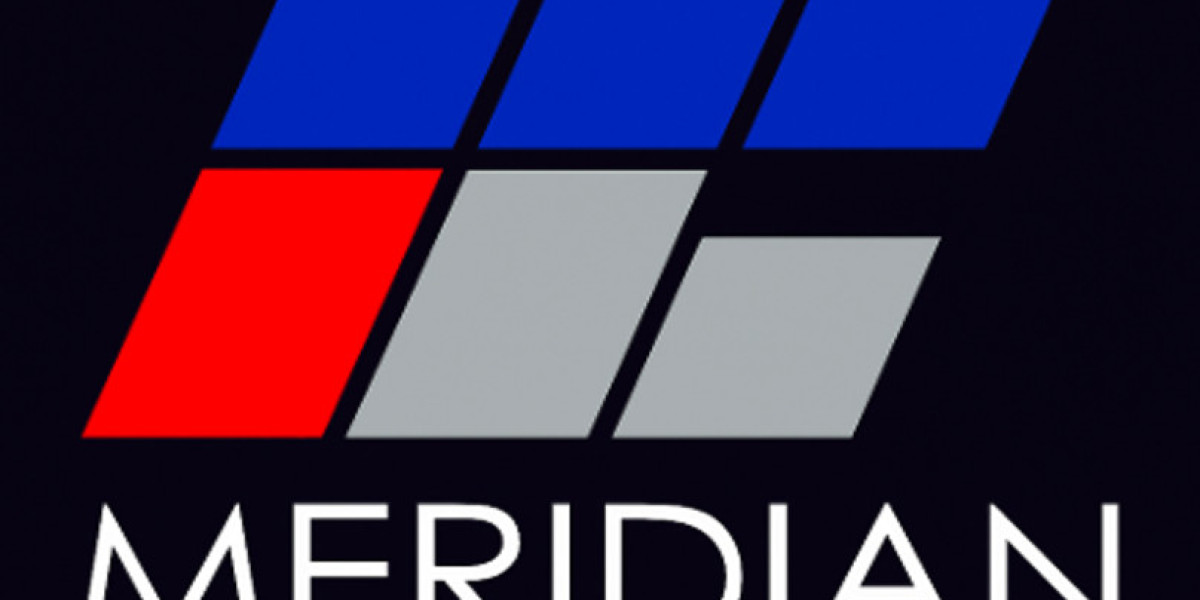In an era where sustainable living and climate-conscious construction are no longer optional but essential, the building industry is undergoing a transformative shift. Architects, engineers, and developers are actively seeking materials and systems that not only offer durability and cost-efficiency but also reduce the environmental impact of construction projects. Two powerful trends are converging to shape the future of construction: cold-formed steel systems and eco-friendly building practices.
Cold-formed steel (CFS), known for its strength, precision, and recyclability, has emerged as a highly adaptable building material ideal for modern, high-performance structures. When paired with green building methods—like energy-efficient design, low-carbon materials, and sustainable site planning—CFS systems become the cornerstone of what we call future-first structures. These are buildings that not only stand strong against time and natural forces but also contribute positively to the environment.
This article explores how cold-formed steel systems, when thoughtfully integrated with eco-friendly building practices, are setting new benchmarks in sustainability, resilience, and innovation in the construction industry.
Understanding Cold-Formed Steel (CFS) Systems
Cold-formed steel is manufactured by rolling or pressing steel into thin sheets at room temperature, giving it a high strength-to-weight ratio without the need for heat-intensive processes. Unlike hot-rolled steel, CFS allows for more precise engineering and faster construction, making it ideal for residential, commercial, and industrial projects.
Key Benefits of Cold-Formed Steel:
- Strength and Durability: Despite being lightweight, CFS provides excellent structural integrity and resistance to warping, cracking, and pests.
- Design Flexibility: Its precise dimensions and consistent quality allow for complex architectural designs and modular builds.
- Speed of Construction: Prefabricated CFS components reduce on-site labor time and minimize waste.
- Recyclability: Steel is 100% recyclable, which supports green building standards like LEED and BREEAM.
- Fire and Moisture Resistance: CFS does not burn and is less susceptible to mold or termite damage.
Eco-Friendly Building Practices: Principles and Impact
Green building practices aim to minimize environmental impact through the efficient use of resources, energy, and materials throughout a building’s lifecycle. From design to demolition, eco-friendly construction considers:
- Energy Efficiency: High-performance insulation, solar panels, and passive heating/cooling systems.
- Sustainable Materials: Use of recycled, renewable, or low-carbon materials.
- Water Conservation: Greywater recycling, rainwater harvesting, and low-flow fixtures.
- Indoor Air Quality: Non-toxic paints, proper ventilation, and natural lighting.
- Site Optimization: Minimizing disruption to ecosystems and maximizing natural features like sun and wind for energy gain.
When these green practices are applied using cold-formed steel structures, the result is an advanced, environmentally conscious building that meets both performance and sustainability goals.
Integration: Cold-Formed Steel Meets Sustainable Construction
Pairing cold-formed steel systems with eco-friendly practices yields numerous advantages:
1. Material Efficiency and Waste Reduction
Cold-formed steel is fabricated off-site to exact specifications, drastically reducing construction waste. Compared to traditional wood framing, which often results in off-cuts and on-site debris, CFS systems support leaner, cleaner job sites.
2. Improved Energy Performance
CFS framing allows for better insulation placement and tighter building envelopes, contributing to improved thermal performance. This aligns with eco-friendly practices like passive solar design and net-zero energy goals.
3. Longevity and Lifecycle Sustainability
The lifespan of cold-formed steel exceeds that of many traditional materials. When combined with renewable energy systems and green maintenance strategies, buildings maintain lower operating costs and carbon footprints over decades.
4. Compatibility with Modular Construction
Cold-formed steel is ideal for modular and prefabricated construction, both of which are inherently more sustainable due to controlled factory environments and minimized material transport.
Comparison Table: Cold-Formed Steel vs Traditional Wood Framing (in Eco-Friendly Context)
Feature | Cold-Formed Steel (CFS) | Traditional Wood Framing |
Recyclability | 100%, indefinitely recyclable | Limited, often downcycled |
Construction Waste | Minimal (precise prefabrication) | High (frequent on-site cutting) |
Fire Resistance | Non-combustible | Combustible |
Pest and Mold Resistance | Immune to termites/mold | Susceptible to pests and rot |
Design Precision | High (factory-fabricated) | Variable (site-built) |
Lifespan | 75+ years | 30–50 years |
Thermal Bridging | Requires insulation break | Naturally insulating |
Environmental Certifications | Easier LEED/BREEAM alignment | Depends on sourcing and treatment |
Cost (Initial) | Slightly higher | Lower upfront |
Cost (Lifecycle) | Lower (maintenance + energy) | Higher over time |
Analysis of the Comparison:
Cold-formed steel clearly outperforms traditional wood framing in nearly all sustainability metrics except upfront cost and thermal bridging (which can be addressed through modern insulation strategies). While wood remains a renewable resource, its susceptibility to pests, fire, and moisture—and its shorter lifespan—makes it less optimal for long-term eco-conscious construction.
Over the lifecycle of a building, CFS systems often result in lower total cost of ownership, reduced energy usage, and superior environmental performance, particularly when paired with green technologies and building strategies.
Practical Tips for Choosing the Right System and Practice
1. Assess Project Scope and Goals
Are you aiming for a LEED-certified commercial build, a net-zero home, or a quick-turnaround prefab project? Understanding your sustainability goals will help determine whether CFS with eco-practices is the best fit.
2. Consult with Green Building Professionals
Work with architects and engineers experienced in both cold-formed steel and sustainable construction. They can guide you through design, compliance, and cost-efficiency.
3. Prioritize Lifecycle Costs Over Upfront Costs
CFS might have higher material costs, but long-term savings in energy efficiency, maintenance, and insurance often outweigh the initial investment.
4. Consider Modular or Prefab Options
Modular designs using CFS reduce construction time and environmental impact—perfect for both residential and commercial eco-developments.
5. Ensure Proper Insulation and Detailing
To avoid thermal bridging in steel-framed walls, use thermal breaks, continuous insulation, and detailed air sealing.
Frequently Asked Questions (FAQs)
Q1: Is cold-formed steel safe for residential homes?
Yes. CFS is not only safe but often safer than wood due to its fire resistance, pest immunity, and structural integrity. It is widely used in single-family homes, multi-unit housing, and even high-rise buildings.
Q2: How does cold-formed steel affect indoor air quality?
Steel framing does not emit volatile organic compounds (VOCs) or support mold growth, which contributes to better indoor air quality compared to treated lumber.
Q3: Is using cold-formed steel really more sustainable than wood?
While wood is renewable, CFS is 100% recyclable and more durable. Over a building’s lifecycle, steel’s low maintenance, long life, and recyclability often make it more sustainable, especially when combined with green construction techniques.
Q4: Can cold-formed steel framing support solar panels or green roofs?
Absolutely. CFS structures are strong and adaptable, making them ideal for supporting solar panels, green roofs, and rainwater harvesting systems.
Q5: What certifications or standards support eco-friendly CFS construction?
LEED, BREEAM, and Energy Star all recognize cold-formed steel's sustainability when used with proper insulation, waste management, and efficient design practices.
Conclusion: Building the Future, Responsibly
As the construction industry adapts to the demands of climate change and resource efficiency, cold-formed steel systems combined with eco-friendly building practices stand out as a future-ready solution. From superior structural performance and recyclability to compatibility with sustainable technologies, CFS is reshaping how we think about green construction.
By choosing future-first building solutions, developers, architects, and homeowners can contribute to a more resilient, cost-efficient, and environmentally conscious built environment. Whether you're designing a school, home, commercial space, or modular community, the integration of cold-formed steel and sustainable practices offers a compelling path forward.
Take the first step today: Consult with a certified green building professional, explore CFS-compatible designs, and be part of the movement redefining how we build for tomorrow.




